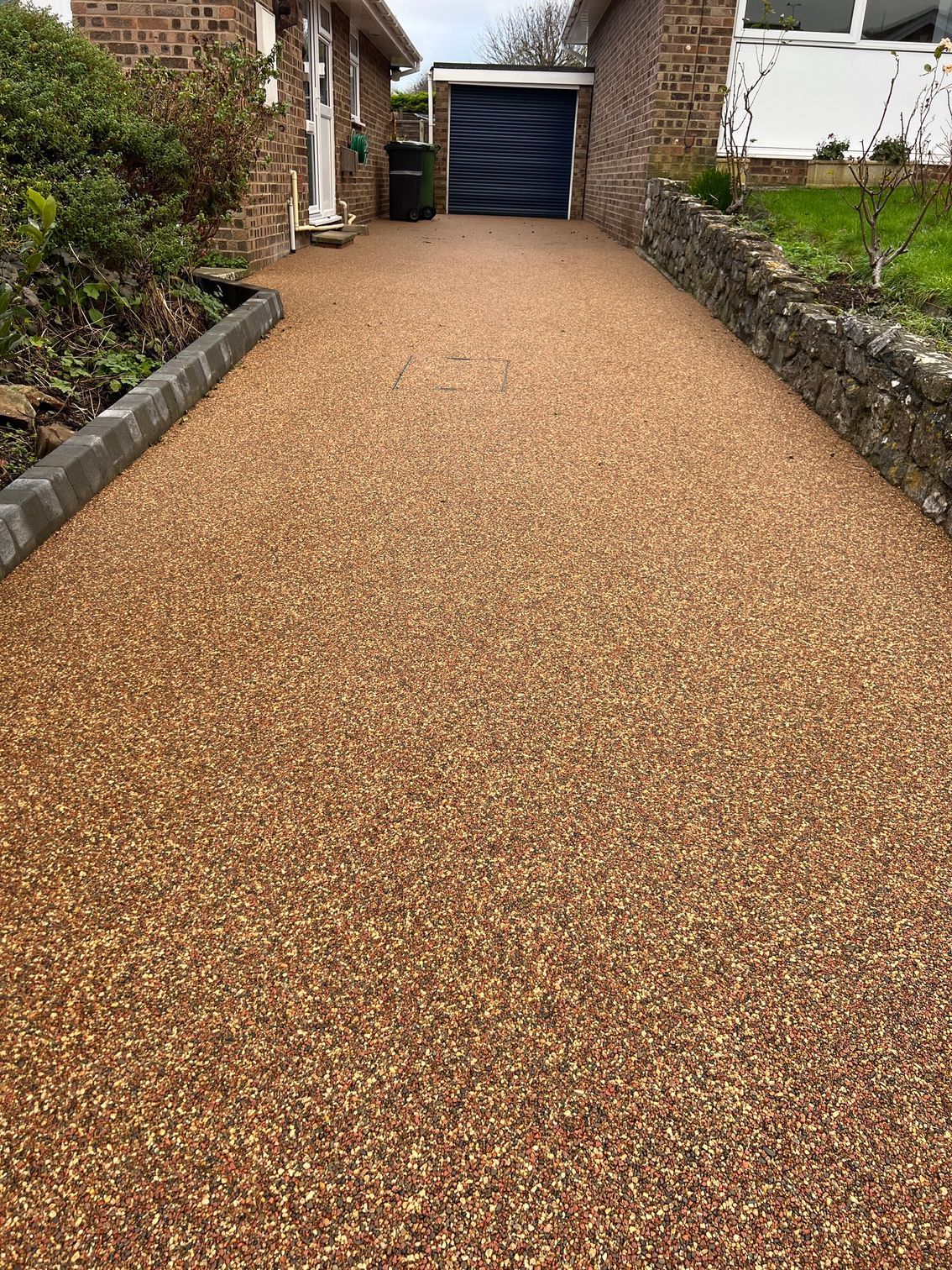The Future of Urban Cycling: Resin Bike Lanes and Their Advantages

Urban planners and transportation experts increasingly recognise the importance of high-quality cycling surface options. Traditional materials, such as asphalt and concrete, present numerous challenges, including cracking, poor drainage, and limited design options. Resin surfaces offer compelling alternatives that address these limitations while providing additional benefits for cyclists, pedestrians, and municipalities alike.
Superior Performance Characteristics
Resin bike lanes stand out for their exceptional durability and safety features.
The unique composition of resin-bound materials creates surfaces that resist cracking and rutting, even under frequent use and exposure. This results in smoother rides and fewer maintenance requirements compared to traditional materials. Additionally, the inherent flexibility of resin accommodates ground movement without developing the dangerous cracks that often plague conventional
cycle paths.
Versatility in Application
The adaptability of resin makes it suitable for various cycling infrastructure projects. From dedicated
resin cycle tracks in urban centres to recreational
resin paths in parks and natural areas, the material performs consistently across different environments.
This versatility extends to installation methods as well, with both
resin-bound and
resin-bonded techniques available depending on specific project requirements.
From Driveways to Bike Lanes
Companies experienced in installing resin driveways already possess the expertise necessary for creating exceptional cycling infrastructure. The same techniques and materials that make resin ideal for residential applications translate directly to public spaces, allowing contractors to diversify their services while maintaining high-quality standards.
Municipalities and urban planners seeking to improve cycling infrastructure should consider resin surfaces as a forward-thinking solution. The combination of durability, safety, and aesthetic appeal makes resin an excellent investment in community infrastructure. By choosing resin for bike lanes and paths, communities create more appealing, safer cycling environments that encourage active transportation while reducing long-term maintenance costs.
